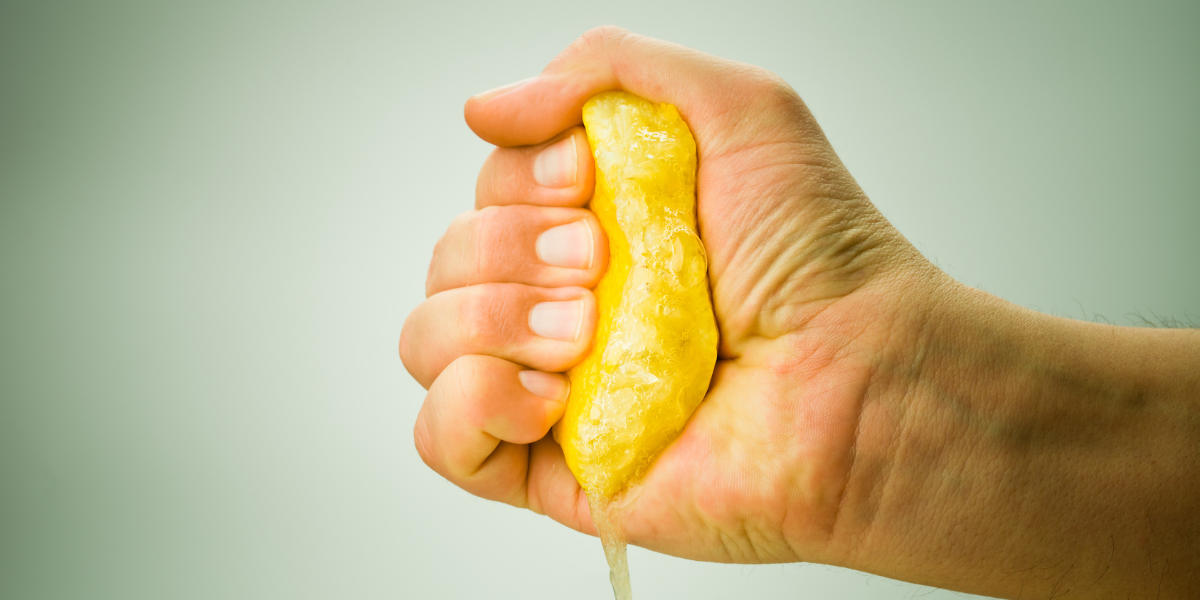
How To Do Kegel Exercises
For more than 75 years, the pelvic floor exercise known as the Kegel has helped millions of women overcome issues like bladder leakage.
But strengthening muscles you can't even see is easier said than done.
Squeezing your vagina sounds simple, but 25 percent of women do Kegels incorrectly, according to a study in the Female Pelvic Medicine & Reconstructive Surgery Journal.
That's why it's critical to learn how to do Kegel exercises with the proper technique and routine, whether with the guidance of a physical therapist or on your own at home.
Dozens of products exist to help make Kegels more effective and engaging, including Kegel trainers that turn your squeezes into a video game, Kegel weights that add resistance to your workout and electrical stimulation devices that work your muscles automatically.
No matter how you Kegel, you're doing the No. 1 proven exercise for preventing urinary incontinence, restoring bowel control, improving sexual satisfaction and more.
In this post, we'll explain what Kegel exercises are, how to do Kegels effectively, and pelvic floor products that can help you build strength and confidence.

What are Kegel exercises?
A Kegel is an exercise that involves squeezing and lifting the pelvic floor, the group of more than a dozen muscles that act as a hammock to support organs like your bladder, rectum and uterus.
Since its invention by American gynecologist Dr. Arnold Kegel in 1948, the Kegel has been the gold standard for women experiencing pelvic floor weakness caused by changes during pregnancy, the postpartum period and menopause.
The pelvic floor muscles need to contract to close the urethra—and weak muscles struggle to prevent pee from escaping.
Exercises involving connected muscles like the glutes, hips and abs can also engage the pelvic floor, helping to build strength.
But strengthening your pelvic floor without Kegels would be like saying the best way to work your abs is running, not doing planks or crunches, said Darla Cathcart, a board-certified women's health physical therapist.
"If you're truly wanting to strengthen the pelvic floor, you have to do pelvic floor exercises," said Cathcart, who is the incoming president of APTA (American Physical Therapy Association) Pelvic Health.

What do Kegels feel like?
Kegels are as much a mental exercise as they are a physical one.
Getting results means identifying the correct muscles in your body and contracting them using proper technique, coordinating with the timing of your breath.
These cues can help you understand what a Kegel should feel like:
- Act like you're stopping the stream of urine and holding in gas at the same time.
- Imagine you're using your vagina to pick up a blueberry from your chair and bring it into your body.
- Pretend you're using your vagina to suck up fluid from a straw.
- Find your sit bones by rocking side-to-side in your chair. Pull the muscles between the bones together, as if they're attached by a rope.
- Try to pull your tailbone up and toward your pubic bone.
Properly-timed breath plays an important role: When you exhale, the diaphragm muscle at the bottom of your ribcage rises and creates space for your pelvic floor to lift, too.
"Take a nice, easy breath, as if you're smelling some fresh-baked cookies," Cathcart tells patients in teaching them to Kegel. "Now, blow out through your mouth like you're blowing out a birthday candle—and as you blow, I want you to contract that pelvic floor muscle at the same time."
What is the most effective way to do Kegels?
Like other muscles, the pelvic floor consists of both fast-twitch muscle fibers that help with control and slow-twitch fibers that sustain endurance.
To prepare you for everyday situations, your Kegel workout needs to involve both quick, one-second pulses and longer, multi-second holds, Cathcart said.
"If I'm about to cough, I need those muscles to turn on quickly," Cathcart said. "If I'm going for a walk and my bladder is a little full, now I need my slow-twitch fibers to kick in to keep that urethra closed."
Kegel trainer devices build these variations into their apps, cueing you when to squeeze, hold and relax as you complete an exercise routine (and even play games in which your Kegels hit targets and score points).
Once you master a proper Kegel while sitting or laying down, you might progress to doing Kegels during everyday movements like squatting to pick up your child.
Over time, your pelvic floor muscles will contract during crucial moments like a sneeze or a jump—without you having to think about it.
"Our goal is that we get to the place where it becomes automatic for your body, the same way it becomes automatic for you to turn onto your street when you're driving home," Cathcart said. "Patients will reach that place if they keep at it."

How many Kegels a day should I do?
There's no magic number for a daily Kegel routine: Your pelvic floor workout should be specific to your symptoms and goals.
As a starting point, Cathcart recommends doing these exercises two or three times a day:
- Hold a Kegel for 10 seconds, then relax for 10 seconds (repeat 10 times)
- Do a series of 10 consecutive fast-pulse or "quick flick" Kegels, then relax for 10 seconds
Kegel trainer devices take you through a similar routine through their apps, counting your reps and cueing you to squeeze. Devices such as Perifit and Emy tailor your workout toward specific goals, like restoring bladder control or improving sexual pleasure.
Automatic devices like ELITONE and Yarlap do more Kegels than you could likely complete on your own, using gentle electric pulses to perform dozens of perfect contractions during a 20-minute session.
But as with any type of exercise, let your body be your guide: If you're feeling fatigued, like you're on your last weightlifting rep, it's time to quit for the day.
And it's time to take a break and re-evaluate if you're experiencing any new or worsening symptoms that could be signs of a tight pelvic floor—like increased leakage, discomfort with sex, or pain in the vaginal area, hips or tailbone.
Most women start seeing improvement with symptoms within 6 weeks, but that doesn't mean Kegels should stop when leaks do.
A single set of daily Kegels—requiring only five minutes of your busy day—can keep your muscles strong for life, especially as muscles weaken and tissues thin as we age, Cathcart said.
"When do you tell a patient to quit going to the gym to exercise? You don't," she said. "Go as long as you can. I tell patients, 'You're going to do these exercises until you're 97.'"

Do Kegel exercises work?
Kegel exercises have been proven to reduce pelvic floor problems in dozens of clinical studies.
Women who did pelvic floor muscle training were eight times more likely to cure their stress urinary incontinence, or leaks caused by actions like sneezes or exercise, according to a comprehensive review of 31 trials.
In those trials, which involved nearly 2,000 women, participants also reported significant improvements to their quality of life, as well as better sexual experiences.
But Kegel exercises don't always work for everyone—either because they're being done incorrectly, or because some women shouldn't do them in the first place.
Common reasons Kegels aren't working include:
- You're "bearing down," or pushing your anus outward, which puts the opposite kind of pressure on your bladder and urethra.
- You're squeezing the wrong muscles (like the glutes, abs or inner thighs) instead of the pelvic floor.
- During a Kegel, you're holding your breath or inhaling when you should be exhaling, which adds pressure that can worsen leakage or prolapse.
- You're not giving the muscles time to relax between contractions, like you would if you were doing sets of bicep curls, which can cause muscle tension.
- Your pelvic floor muscles are too tight, causing issues like leaking and pain, which means you should work on relaxing them before strengthening them.

Kegel ball exercises and Kegel trainer exercises
Even Dr. Kegel himself recognized that pelvic floor contractions are challenging to complete without any visual cues or rewards.
"Unless given an opportunity to repeat their efforts under visual control, thereby noting any progress they may make, patients are apt to become discouraged," he wrote in his 1948 study.
That's why he invented the perineometer, an intravaginal instrument that measured the pressure caused by a pelvic floor contraction and displayed the reading on a dial.
The modern-day versions of the perineometer are much more high-tech—and much more fun.
Kegel trainers connect to your phone via Bluetooth, showing your contractions on-screen as you use your squeezes to play games like target shooting or pinball.
Their accompanying apps track your technique, strength and control, giving you scores and challenging you to progress to harder games and more complex Kegel workouts.
In addition to providing patients with feedback, Dr. Kegel's perineometer also provided a way to contract the pelvic floor muscles against resistance, which, he wrote, "have proved most effective in all branches of muscle therapy for the correction of disuse atrophy and for restoration of normal function."
Kegel weights and Kegel balls provide that extra challenge—just like doing squats with dumbbells will help you build more strength than body weight alone.
Consider these types of products that offer Kegel trainer exercises or Kegel ball exercises to make your pelvic floor workouts more motivating and effective:
- Gamified Kegel trainers like the Elvie Trainer, Perifit, kGoal Classic and Emy that are inserted into the vagina like a tampon and allow you to play games on your phone
- kGoal Boost, a smart pillow that measures and tracks your Kegels as you sit on top of the device
- Kegel weights like the internally-inserted Intimate Rose Kegel weights and We-Vibe Bloom vibrating Kegel balls or the external Kegelbell system
- Automatic Kegel trainers like ELITONE and Yarlap that use gentle electrical pulses to stimulate your muscles, doing Kegels for you

Conclusion
For improving issues like bladder leaks, Kegels are the essential exercise for strengthening the pelvic floor—if you can do them correctly and consistently.
Products like Kegel trainers and Kegel weights can help ensure you're doing Kegels correctly, while motivating you to keep squeezing until you see results.
Vagercise is an authorized retailer of pelvic floor products that accepts HSA/FSA payments and offer free shipping on orders over $99.
Want to know more about how to do Kegel exercises? Contact us at info@vagercise.com.
Shop Products in this Post
-
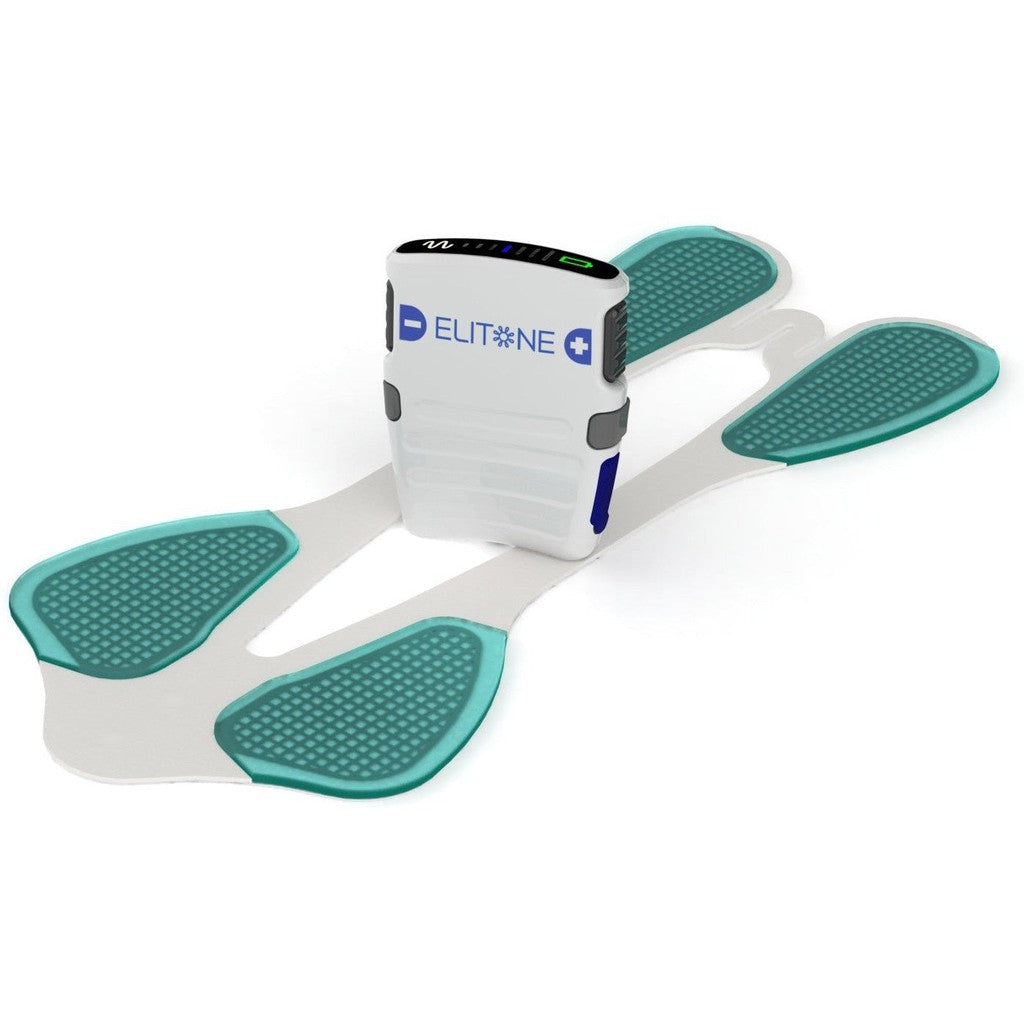
ELITONE Automatic Kegel Pad Starter Kit for Stress and Mixed Incontinence
Tone your pelvic floor automatically with this clinically-proven pad- Regular price
- $399.00
- Unit price
- / per
-

ELITONE URGE Automatic Kegel Pad Starter Kit for Urge Incontinence
Treat urinary urgency with this first and only non-intrusive solution- Regular price
- $399.00
- Unit price
- / per
-
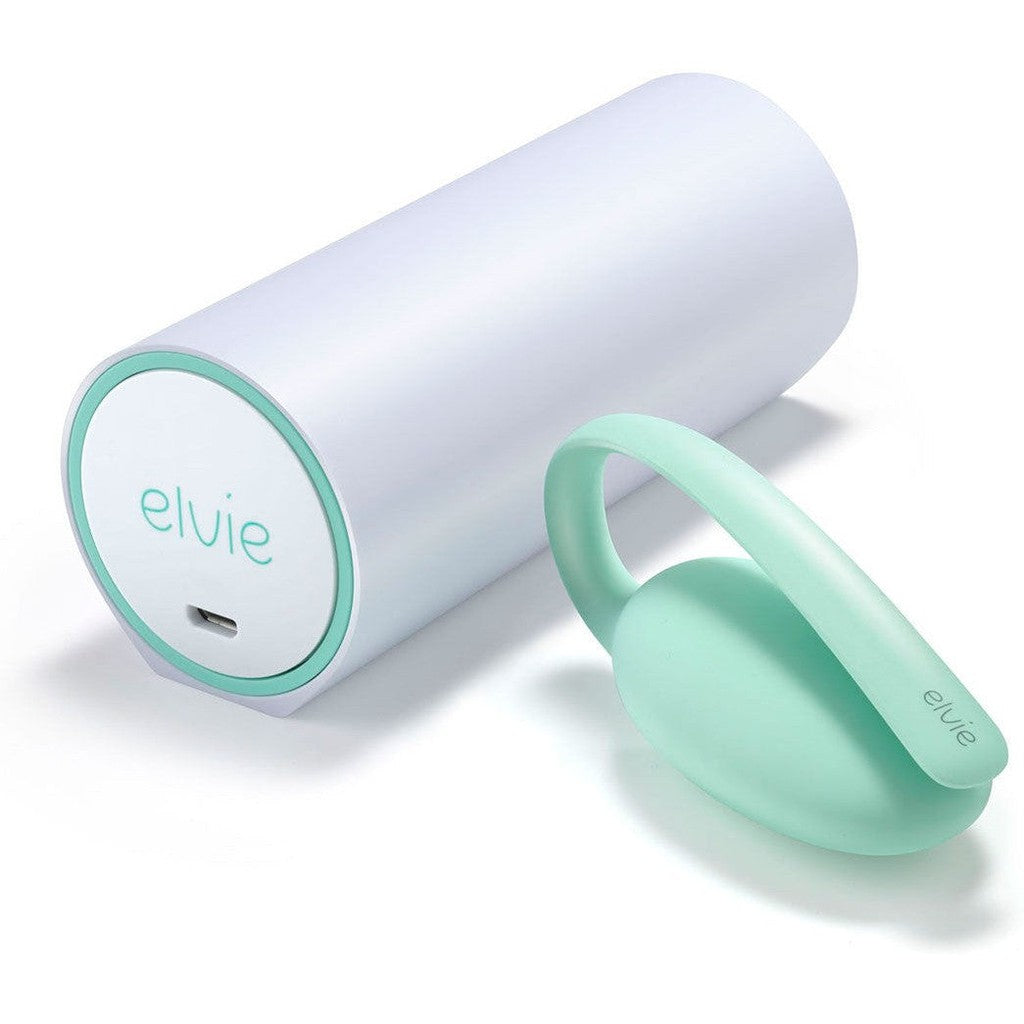 Sale
SaleElvie Trainer Kegel Trainer
Visualize Kegels in a gamified workout with this compact device- Regular price
- $159.20
- Sale price
- $199.00
- Unit price
- / per
-

Emy Kegel Trainer
This clinically-proven device uses AI to make Kegels effective and fun- Regular price
- $179.00
- Unit price
- / per
-

Intimate Rose Kegel Weights
Maximize strength with the only FDA-cleared silicone vaginal weights- Regular price
- $54.99
- Unit price
- / per
-
 Sold out
Sold outKegelbell Vagina Gym Weighted Kegel Exercise Kit
Pump up your pelvic floor with the only external Kegel weight- Regular price
- $99.95
- Unit price
- / per
-
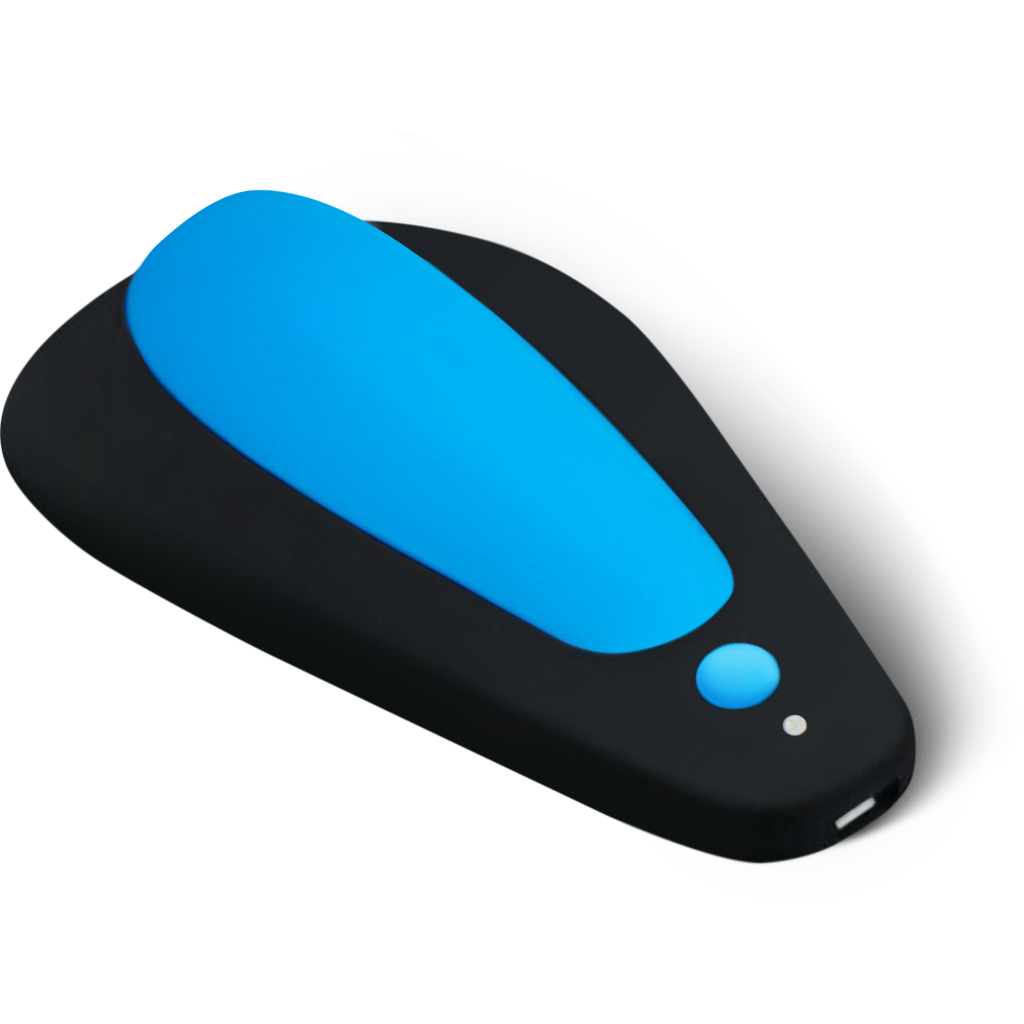 Sale
SalekGoal Boost Sit-On-Top Kegel Trainer
This sit-on device helps both sexes practice Kegels and relaxation- Regular price
- $113.24
- Sale price
- $149.00
- Unit price
- / per
-
 Sale
SalekGoal Classic Kegel Trainer
Make Kegels comfortable and fun with this gamified, inflatable device- Regular price
- $113.24
- Sale price
- $149.00
- Unit price
- / per
-
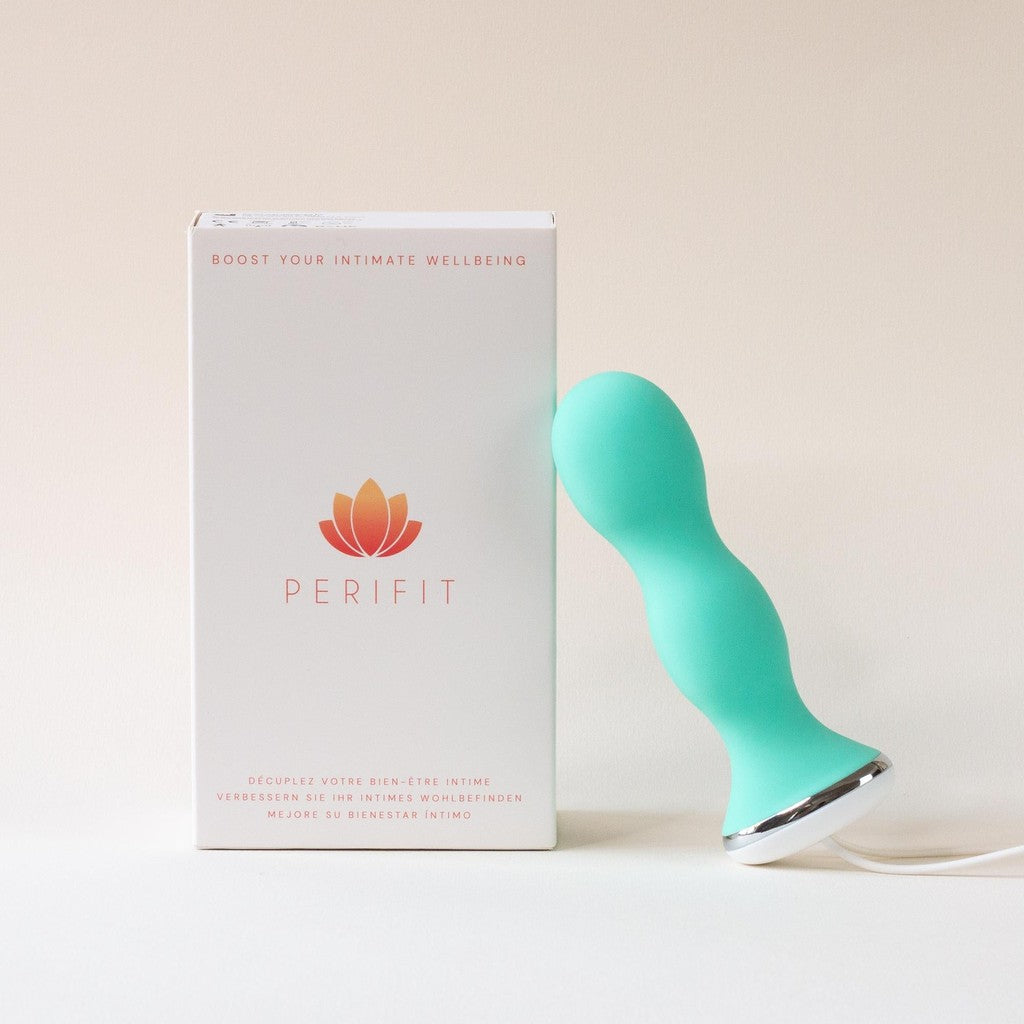 Sale
SalePerifit Care Kegel Trainer
Play your way to pelvic floor strength with this 14-game device- Regular price
- $119.20
- Sale price
- $149.00
- Unit price
- / per
-

We-Vibe Bloom Vibrating Kegel Balls
These weighted balls vibrate to tone your muscles in a pleasurable way- Regular price
- $119.00
- Unit price
- / per
-

Yarlap Automatic Kegel Trainer
Kegels are effortless with this automatic exercise device- Regular price
- $319.95
- Unit price
- / per












